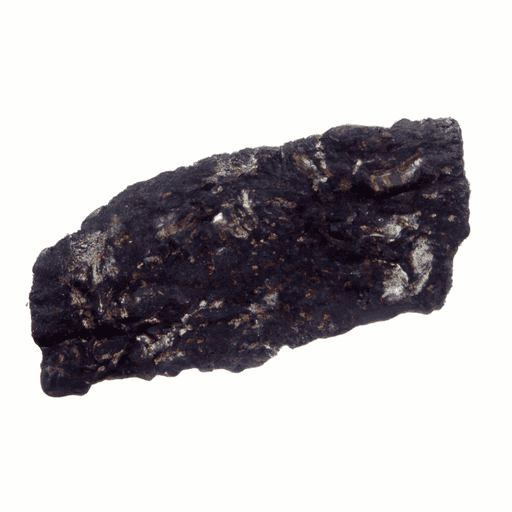Exploring the Richness of Dark Treacle: A Molasses Marvel
Dark treacle, an ancient and intriguing sweetener, has been cherished for centuries for its deep, complex flavors and its versatility in cooking. With its molasses-like texture and robust taste, this treacle variant adds a touch of decadence and richness to a wide range of dishes. Whether you’re a fan of traditional British desserts or eager to explore new culinary creations, this delightful ingredient deserves a special place in your pantry.
A Journey Into Taste
Dark treacle boasts a distinctive flavor profile that can be described as bittersweet, robust, and slightly smoky. It carries a deep caramelized essence with hints of roasted molasses and a touch of bitterness. As you savor its taste, you’ll experience layers of complexity that add depth and character to your culinary endeavors.
From the Sweets to the Savory
In the realm of desserts, dark treacle takes center stage. It is an essential element in iconic British treats like sticky toffee pudding and treacle tart. Its intense flavor beautifully intertwines with spices like ginger, cinnamon, and nutmeg, creating desserts with a luxurious depth that warms the soul.
But let’s not confine dark treacle to the realm of sweets alone. This rich ingredient is equally captivating when used in savory dishes. Its robustness complements hearty meats, such as beef and game, adding a touch of sweetness and complexity to savoury marinades or glazes.
Nutritional Value
Dark treacle not only enhances the taste of your dishes but also provides several nutritional benefits. While it may not be a significant source of vitamins or minerals, it does contain trace amounts of iron and calcium. Additionally, dark treacle offers a natural sweetness that can be a healthier alternative to refined sugars when used in moderation. Just remember to balance the richness of treacle with a well-rounded diet.
The Fascinating History
Treacle, as a term, has its roots in ancient Greek and Roman medicine, where it was used as a remedy for poisonous bites. Over time, it evolved into the treacle we know today, referring to the thick, sweet syrup extracted during the sugar refining process. The word “treacle” itself has come to represent various molasses-like syrups.
Interestingly, the name “treacle” is derived from the Latin word “theriaca,” meaning antidote or remedy. This highlights the medicinal connotation attached to treacle through history. While it may not possess curative properties, its ability to uplift dishes certainly adds a touch of culinary magic.
The Quest for Dark Treacle
If you’re now eager to explore the world of dark treacle, fear not! You can easily find it in most supermarkets or specialty stores. However, keep in mind that it may be referred to as “black treacle” in certain regions, especially in the United Kingdom.
Embrace the Dark Treacle Magic
Dark treacle effortlessly elevates the flavors of your favorite recipes, be it a decadent dessert or a savory masterpiece. Its unique taste, culinary versatility, and fascinating history all contribute to making it a truly extraordinary ingredient.
So, why not embark on a culinary adventure and awaken your taste buds to the enchanting world of dark treacle? Allow this molasses marvel to weave its magic and savor the delights it brings to your table.
Origin and Common Uses:
- Dark treacle is a sweet, sticky syrup that is a byproduct of refining sugar.
- It is commonly made from molasses, a dark, thick syrup obtained during the sugar-making process.
- Dark treacle is widely used as a sweetener and flavoring agent in various dishes and desserts.
- It is a common ingredient in traditional British recipes, such as Parkin, treacle tart, and Christmas pudding.
- In addition to being used in sweet recipes, dark treacle can also be used as a glaze for meats, such as ham.
Nutritional Benefits:
- Dark treacle is a source of carbohydrates and calories.
- It contains small amounts of minerals like potassium, calcium, and iron.
- Although it does provide some nutrients, it is important to consume it in moderation due to its high sugar content.
Unique Properties and Historical Significance:
- Dark treacle is known for its distinct deep flavor profile, with a bittersweet and slightly burnt taste.
- It has a thick consistency and a dark brown color.
- In British history, dark treacle was a commonly used sweetener due to its availability and affordability compared to refined sugar.
- During World War II, when sugar was rationed in the United Kingdom, dark treacle became a popular substitute.
- The term “treacle” is believed to derive from the Middle English word “triacle,” which originally referred to a healing remedy made from spices and honey. Over time, it came to refer to dark, sweet syrups.




Use the share button below if you liked it.
It makes me smile, when I see it.